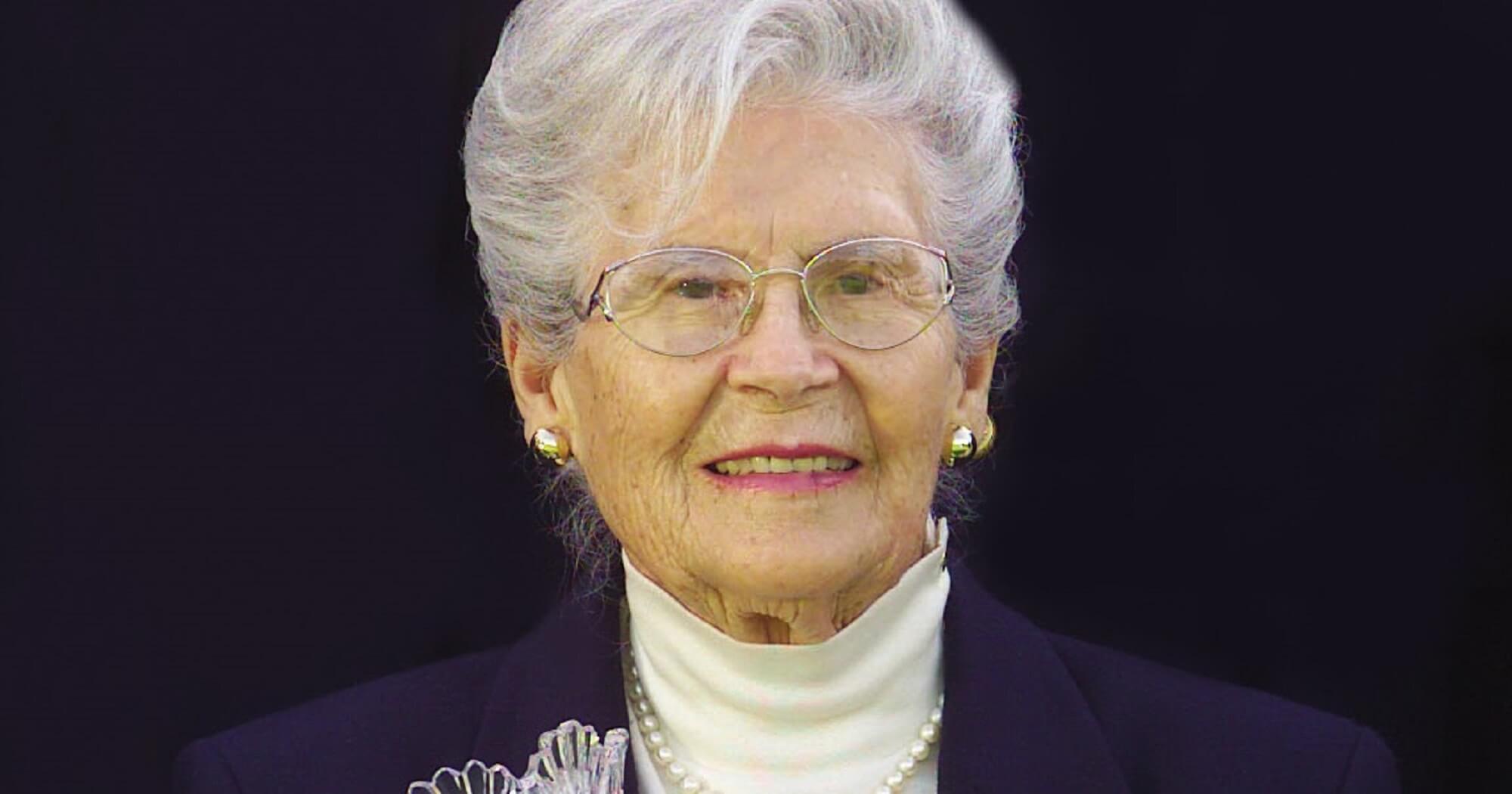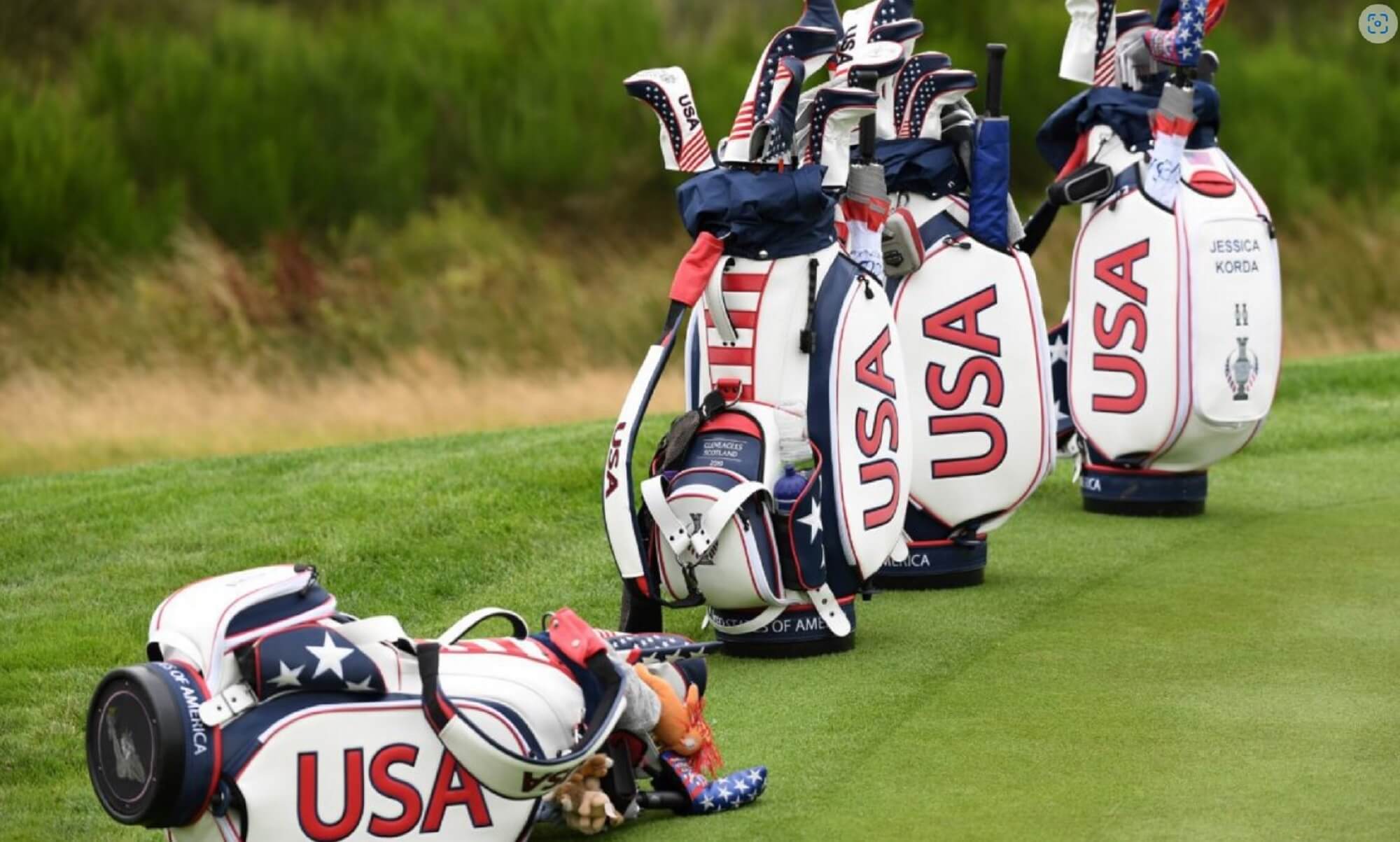Welcome, friends, to another edition of History’s Mysteries. Today, MyGolfSpy dives into the fascinating back story of the Solheim Cup.
The concept that would become the Solheim Cup was conceived in the late 1980s by the leaders of the LPGA and Women’s European Tour (now the Ladies’ European Tour or LET). But it was the backing of PING and the Solheim family that made the women’s version of the Ryder Cup a reality.
Make no mistake. It doesn’t happen without the support and financial backing from Karsten, John and Louise Solheim.
Especially Louise.

The Solheim Cup: Decades in the Making
The Ryder Cup dates to 1927. British merchant Samuel Ryder donated a trophy for a bi-annual match play tournament between the U.S. and Great Britain. Since 1979, it’s been the U.S. versus Europe.
The Solheim Cup originated in 1988. Leaders of the LPGA and the Women Professional Golfers’ European Tour kicked around the idea of a Ryder Cup for women but it remained just an idea. But LPGA commissioner Bill Blue resurrected the idea two years later with two people he knew might be interested.
Karsten and Louise Solheim.

“Bill Blue asked for a meeting with Karsten and Louise,” PING company historian Rob Griffin tells MyGolfSpy. “Louise was concerned about the meeting. She didn’t know what it was about and was worried the LPGA was going to ban the Eye 2 clubs just like the PGA TOUR had.”
Then, as now, PING was a major supporter of the women’s game. In 1975, PING sponsored the first Karsten PING Open in Phoenix with a $70,000 purse. At the time, it was the second-largest purse on the LPGA Tour. The event wound up losing money but Karsten covered the losses and made sure the players were paid in full. Karsten increased the purse to $80,000 a year later. The event lost money and once again, Karsten covered the losses.
“PING sponsorship on the LPGA went on for another 30 years,” says Griffin. “Karsten and Louise were committed to women’s golf. They didn’t see a difference between men and women professional golfers. From a business point of view, it was good business to support both.”

About That Meeting …
Blue, of course, knew all this when he asked Karsten and Louise to meet with him. Karsten’s son, John, who would take over for his father in 1995, was also there when Blue pitched the idea for PING to sponsor a U.S.-Europe Ryder Cup event for women. The timing, he believed, was right. The Ryder Cup had become considerably more competitive during the ‘80s with the inclusion of players from continental Europe. Europe had won three straight Ryder Cups going into 1990.
“The LPGA was looking for help with the first two events,” says Griffin. “John actually motioned to Karsten and said, ‘Let’s talk alone for a second.’”
They got up and went to one side of the room to talk and Louise joined them. After a couple of minutes, the Solheims came back with a counterproposal.

“When they came back, they said PING would sponsor the first 10 events,” says Griffin. “They made a 20-year commitment on the spot.”
It was John who told Karsten they needed to sponsor more than just the first two events. But it was Louise who proposed the 20-year commitment. Additionally, she insisted the event not be used to showcase PING equipment. Instead, the focus was to be on the competition.
“I’ve said this many times,” says Griffin. “But if Karsten had married a different young lady instead of Louise, we probably wouldn’t be standing where we’re standing. Karsten might still be in a garage somewhere tinkering with a putter or an iron. But PING would not be here without her.”

The First Solheim Cup
That meeting was held in January of 1990 and the first Solheim Cup competition was held nine months later, in mid-November at Lake Nona in Orlando, Fla.
“They didn’t have a whole lot of time to prepare and it wasn’t well attended,” says Griffin. A crowd of maybe 100 people witnessed the opening tee shots. The American team, captained by Kathy Whitworth, featured five future Hall of Famers including Nancy Lopez, Pat Bradley, Beth Daniel, Betsy King and Patty Sheehan. Rosie Jones and Dottie Pepper were also on the team. The European team featured Laura Davies, Helen Alfredsson, Trish Johnson and Liselotte Neumann.
The U.S. won 11.5-4.5.

There were fears the series would be one-sided. Those fears were put to rest in 1992 at Dalmahoy in Scotland. The European team won 11.5-6.5. The game was on.
The 1994 match put the Solheim Cup on the map. It was the first match to be shown on network television with Karsten buying all the TV ad time to ensure that it would be on. He resold as much of that airtime as he could but he wound up footing the bill to the tune of more than $2 million.
“The Solheim Cup matches have taken our sport to another level,” said European captain Mickey Walker at the ’94 opening ceremonies. “Women’s golf around the world is stronger today because of Karsten and Louise Solheim.”

PING and the Women’s Game
“Karsten and Louise were both committed to women’s golf,” says Griffin. “They really didn’t see a difference. They saw both men and women as professional golfers. It was good business to support both.”
LPGA pro Susie Maxwell won PING’s first major in 1965. PING’s first victory overall, however, was by Gloria Armstrong in a mixed foursome event in 1960. Armstrong, teamimg with PGA TOUR pro Jim Turnesa, won the tournament by sinking a 15-footer with her PING 4A putter in a playoff. In 1989, Armstrong sent the putter back to Karsten with a note explaining she had used it to win PING’s first professional tournament.
A few weeks later, Armstrong received a letter back from Karsten. At the time, she was teaching golf, struggling to make ends meet and worrying about paying her utility bill. Thinking the letter was a thank-you note, she opened it and a check fell out.
“She picked up the check, took a quick look at it and said, ‘How nice. Karsten sent me a check for $250,’” says Griffin. “She looked at it again. It was for $25,000. I don’t know if Karsten knew she was struggling. He just wanted to thank her.”

Twenty years later, John Solheim heard the story and had a gold-plated PING 4A made (PING didn’t start making gold-plated putters for tournament winners until 1978). PING LPGA player Pat Hurst, who would captain the 2021 Solheim Cup team, and her husband Jeff (a PING sales rep) presented the putter to Armstrong.
“It turns out Gloria was Pat’s teacher,” says Griffin.
And Armstrong’s original 4A is the only non-gold-plated putter in PING’s vault.

History’s Mysteries: The Solheim Cup
Since both Karsten and Louise were instrumental in establishing the Solheim Cup, I had to ask Griffin a simple question: Which Solheim is the cup named after? Karsten or Louise?
“I’d say it’s Karsten. Although John suggested three names for the event: the Karsten Cup, the PING Cup and the Solheim Cup. The LPGA didn’t want it to appear commercial so they chose the Solheim Cup. I think that’s nice because it includes both Louise and Karsten and the rest of the family.”

In 2002, two years after Karsten’s death, John Solheim established the PING Junior Solheim Cup for female amateurs aged 18 and under.
“Down the hall, we have pictures of Junior Solheim Cup teams along with regular Solheim Cup teams,” says Griffin. “If you look at some of the junior teams, you’ll see players like Paula Creamer and others who’ve gone on to have success on the LPGA Tour.”
The PING Junior Solheim Cup was played earlier this week in Benahavis, Spain. The regular Solheim Cup is being played now, in Malaga, Spain.

“Karsten and Louise were the first people Bill Blue and the LPGA talked to about this event,” says Griffin. “They didn’t go to somebody else first. They came here. And that speaks to the previous support Karsten and Louise had given to women’s golf. And I can’t imagine that they wouldn’t have, but thank goodness Karsten, Louise and John saw the importance of it, and that the women deserved this.”













Donn Rutkoff
9 months ago
“Karsten’s Way” by Tracy Sumner is a great biography of Karsten and Louise. Published in 2000, the year Karsten passed away. They had 4 children, Louise died in 2017. At the time she is survived by three sons — John, Allan and Karsten — and 14 grandchildren, 47 great grandchildren and 14 great great grandchildren. A lot of them still work at Ping.